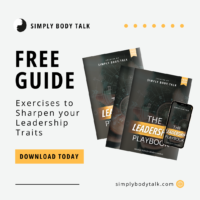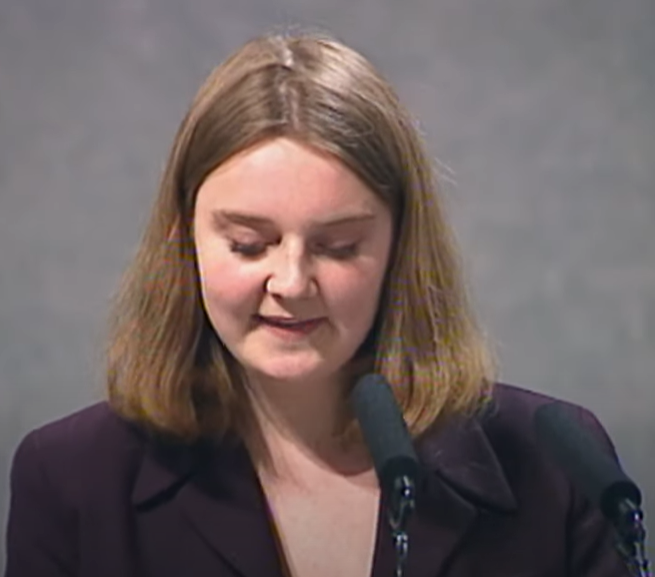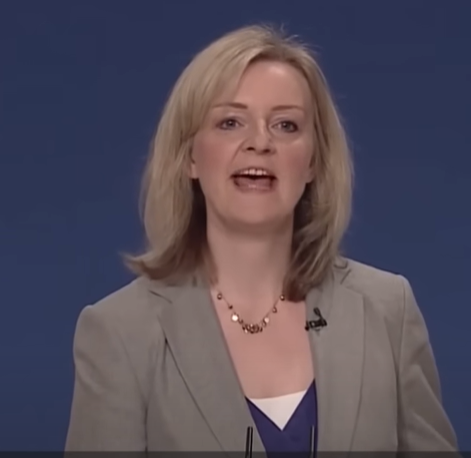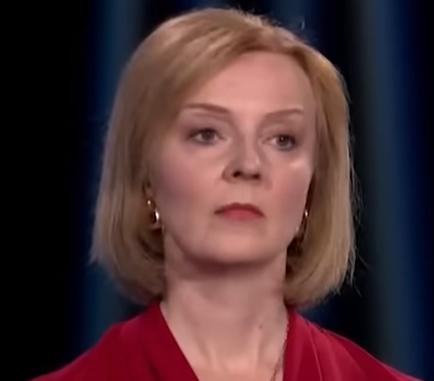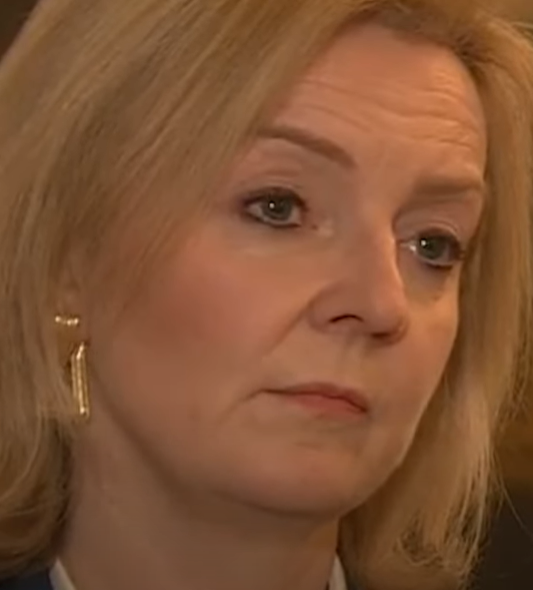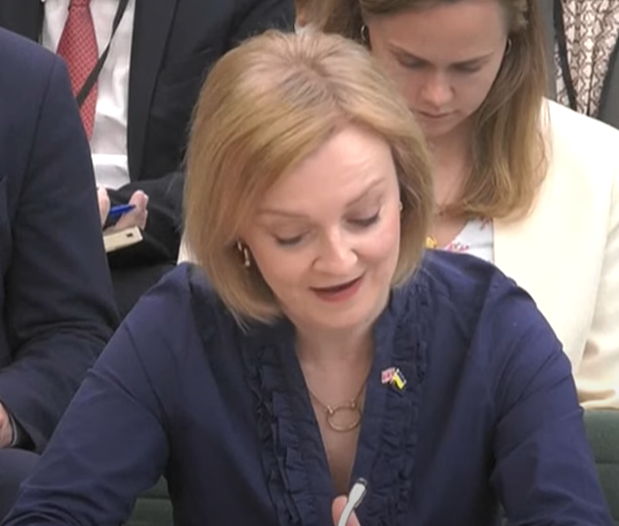World Leader Body Language Analysis
Recently elected United Kingdom Prime Minister Liz Truss is known for voicing her views. Truss has held various positions in the cabinet since 2010. Let’s see the changes that have happened in the leader’s body language over the years. Can body language change over time? Are these changes required? Will everything change? Why does the body language of a world leader need to change? Few questions which may arise seeing the title of the article. The answers of these questions are below for you.
As an individual everyone changes, some are anticipated, some are not. Some changes are consciously done by us and some just happen and we may not be aware of them. Similarly, our leaders change too. Here will see the changes that have happened to the UK PM Liz Truss. For that we need to first know how Liz’s body language was before versus now.
EARLY LIZ
We can see a much younger Liz who is confident with her presentation as she effectively looked around and spoke. Her discomfort is also visible through the changes in her voice which could happen as it was her first time in front of a large crowd. We can also see her reading a lot from the paper but she makes sure to maintain eye contact with the audience.
LOUD BODY LANGUAGE
This is one video of Truss which didn’t go well with the majority of people. In 2014, Liz was ridiculed for making some bizarre statements like the British should eat more British food and more cheese is imported. This didn’t go well with the majority of people. So, Liz worked on her body language to slowly prepare her for her future role. If you observe this video versus her recent ones, her body language has changed a lot.
CONFIDENT BODY LANGUAGE
Liz looked every bit of a confident leader that she is as she gave her first speech as the UK PM. We can see her maintaining eye contact with all. She uses effective pauses and gestures. But not always we show our best confident self. Below are some ways in which the PM body language changed depending on the scenarios or situations.
DISCOMFORT
Everyone experiences stress in the world, and so do the world leaders. In the first head-to-head TV debate with Rishi Sunak, we could see Liz ‘s body language telling a lot about her discomfort. Her eye blinking rate increased, a sign of stress. Her breathing rate also increased when her opponent didn’t give her a chance to speak. She was not liking what she heard which as you can observe is apparently visible through her forehead.
NOT LIKING
Body language exactly shows what we are thinking or feeling. Here the displeasure was apparent in Liz’s body language when Suank was speaking. This was when they were discussing plans for economic growth. So when Sunak didn’t let her speak, her eye blinking increased. There were vertical lines between her eyebrows that showed that she was angry.
HANDLING DIFFICULT QUESTIONS
When we come across difficult scenarios or questions our body shows. Just like when Liz was asked a question. Here she was questioned on using a publicly funded private jet to Australia for her private trip. She tried to defend herself which was not easy for her. We could see her hard swallow a sign of discomfort especially when they aren’t sure or don’t believe what they are saying
Her discomfort signals have now changed into smiling more often, looking away while answering a difficult question. Observe her as she answers questions from MPs over the immigration policy.
CHANGE IN BODY LANGUAGE
Speaking of situations, this is another situation where the UK PM was trying to connect with kids. Here Liz Truss was meeting children for her visit to children’s charity at Little Miracles in Peterborough. She happily interacted with the kids. Kids felt awkward to speak to her in the midst of security and media. Her body language is very different as she is coming down at their level, smiling more often, listening more than speaking. She also uses humour. All of these are effective ways to connect with younger people.
NONVERBAL CUES FOR EFFECTIVE LEADERSHIP
Nonverbal cues play a vital role in the effectiveness of world leaders, including posture, facial expressions, hand gestures, and eye contact. Take Liz Truss, the UK’s Foreign Secretary, as an example. Truss demonstrates powerful nonverbal cues that contribute to her effectiveness as a leader. Her upright posture conveys confidence, approachability, and authority, establishing her presence in diplomatic settings. Additionally, her genuine facial expressions, such as a warm smile or attentive expression, allow her to connect with others emotionally, building trust and engagement. Truss utilizes purposeful hand gestures to emphasize key points during speeches, reinforcing her message and capturing attention. Furthermore, she maintains strong eye contact, conveying sincerity, respect, and creating meaningful connections with her audience. By leveraging these nonverbal cues, Truss enhances her leadership impact and effectively communicates her vision and ideas to others.
GENDER DIFFERENCES IN BODY LANGUAGE
Male and female world leaders often exhibit different body language patterns, and these differences can influence the perception and interpretation of their leadership style. Society’s gender expectations and stereotypes can play a role in shaping these differences. For instance, male leaders are sometimes expected to display assertiveness and dominance, which may be reflected in their body language through expansive gestures, a wide stance, and a firm handshake. On the other hand, female leaders may face different expectations, often encouraged to balance assertiveness with empathy and nurturing qualities. As a result, their body language might include more subtle gestures, a moderate stance, and a focus on maintaining connections through eye contact and active listening.
However, it is essential to recognize that these gender differences in body language are not inherent or universal. They are influenced by cultural, societal, and individual factors. The perception and interpretation of gendered body language can also vary among different cultures and contexts. It is crucial to avoid generalizations and instead focus on understanding the unique body language of each leader, regardless of their gender, and how it aligns with their leadership style and message. By acknowledging and appreciating the diverse range of body language expressions, we can promote inclusive and unbiased interpretations of leadership behavior, allowing individuals to be evaluated based on their skills, competencies, and character rather than conforming to gendered expectations.
CONCLUSION
This was one leader whose body language we observed in different situations. We all have our favourite leaders. Observing body language is important, especially of our world leaders. As that will help us understand not only whether they are confident or not, whether we can trust them or not, whether what they are saying they mean or not. This will also help us know them better. Is that all? No. This will help you also; your observation and understanding of body language will increase and make you better at reading body language and improve yours too, over time.

